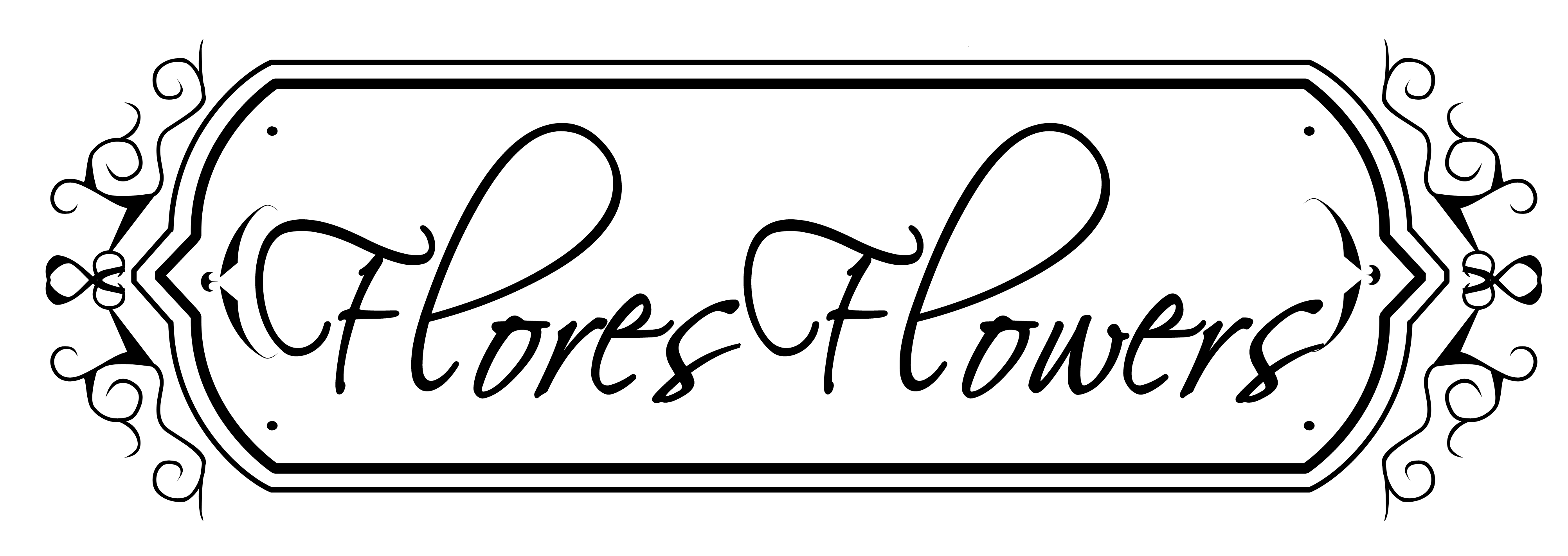These
summaries DO NOT replace the label on the container of the product.
If you consider yourself
subject to
federal laws, you must
still read
that label and follow its recommendations.
AMAZE or XL
May be applied to:
established warm-season turf grasses as well as certain ornamentals including
bedding plants, vines, groundcovers, shrubs and trees.
Interferes with germination
of: most annual grasses and many broadleafed weeds.
Application rate: in
turf, 2.5 to 3.5 pounds per 1000 square feet. In ornamentals, 4.5
to 7 pounds per 1000 square feet.
Activation requires:
shallow (one- to two-inch-deep) cultivation or, easier still, rainfall
or watering.
Time and frequency of application:
in flower beds, after each replanting. Under most conditions, mid-February
and mid-September. For Grassbur control, in recently-planted
landscapes or in landscapes irrigated frequently, mid-February, mid-May
and mid-September.
Other information:
XL is sold in 50 pound bags, Amaze in smaller packaging. Do not apply
to cool-season grasses. May be applied to wet foliage.
BETASAN
May be applied: to
well-established turf grasses, as well as certain ornamentals including
bedding plants, groundcovers and shrubs.
Interferes with germination
of: Crabgrass, Annual Blue Grass and seven other weeds.
Application rate: for
Crabgrass control, 6 to 8 pounds per 1250 square feet. For Annual
Blue Grass and certain other weeds, 10 pounds per 1250 feet.
Activation requires:
irrigation for ten to fifteen minutes after application.
Time and frequency of application:
mid-january, mid-April and mid-September.
Other information:
do not reseed within four months of application.
EPTAM
May be applied: around
established bedding plants, shrubs and trees.
Interferes with germination
of: Nutsedge, Bermudagmss and a few other weeds.
Application rate: 1
pound per 200 square feet.
Activation requires:
immediate tilling into the upper two to three inches of soil, followed
by a light watering for three to five minutes.
Time and frequency of application:
around herbaceous plants, apply after growth is three to five inches high
or two weeks after transplanting. Around groundcovers or shrubs,
apply after growth starts in spring or two weeks after transplanting.
Other information:
only product that MUST be tilled into the soil.
FIRST DOWN
or TEAM
May be applied: to
established warm-season turf grasses as well as Perennial Rye Grass.
Interferes with germination
of: Crabgrass and most other weedy grasses. Provides partial
control of a few broadleafed weeds.
Application rate: 2.25
to 3.5 pounds per 1000 square feet.
Activation requires:
irrigation soon after application.
Time and frequency of application:
once a year, in early- to mid-February.
Other information:
do not reseed within four months of application.
GALLERY or
PORTRAIT
May be applied: to
established turf grasses, both warm season and cool season.
Interferes with germination
of: many broadleafed weeds.
Application rate: 4.6
to 5.7 pounds per 1000 square feet.
Activation requires:
watering 1/2 inch or more soon after application.
Time and frequency of application:
twice a year, mid-September and mid-February.
Other information:
do not apply to non-turf areas.
PREEN
May be applied: to
vegetables, bedding plants, groundcovers, shrubs and trees.
Interferes with germination
of: both annual grasses and broadleafed weeds.
Application rate: around
ornamentals, I ounce per 10 square feet. In vegetable gardens, 1
pound per 640 square feet in heavy clay soils, or 1 pound per 1280 square
feet in light sandy soils.
Activation requires:
lightly watering it in. In vegetable gardens, rake into the upper
one to three inches of soil within 24 hours of applying.
Time and frequency of application:
begin in mid- to late-January.
Other information:
do not apply to wet foliage. |

